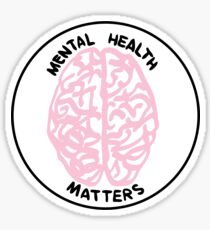Information on Lung Cancer And The Least You Should Know
 Important Information on Lung Cancer
Important Information on Lung Cancer
A wealth of information on lung cancer is available through private and government sponsored institutions. Large foundations supporting and initiating research on this disease include the American Lung Association, National Cancer Institute, National Institute of Health and the Lung Cancer Foundation of America to name a few.
About the Disease
These cancers begin in the cells of one or both of the lungs. The cancerous cells can spread throughout the respiratory passages and squamous cells of the inner organ linings. Two common variations are non-small cell and small-cell carcinoma, which account for the majority of cases worldwide.
Non-Small Cell (NSCLC)
Also known as large or squamous cell cancer, these amorphously shaped cells are generally detected under the microscope because of their size. About 40% of patients are diagnosed with this disease in its advanced stages. Treatment options include surgery, chemotherapy and radiation therapy. A diagnosis of NSCLC has a greater chance of being operable than its small-cell counterpart, provided the location does not put vital bodily functions in jeopardy.
Small-Cell (SCLC)
This version of cancer in the lungs is aggressive and rapidly metastasizes. Its small size makes it difficult to detect and even harder to cure. Unless found in its early stages, patients have less than a 10% chance of long term survival. Stage 3A, 3B or 4 SCLC is generally treated with courses of chemotherapy and chemo drug combinations. Alternatively, doctors may choose to operate and prescribe chemo courses or radiation therapy following surgery.
Prevention
The world is filled with cancer causing agents, called carcinogens. Asbestos, chromium, nickel, arsenic (weed killer), radon from soil degradation and air pollution are primary among these. People can limit exposure to these elements by getting educated through major cancer foundation websites. In general, these chemicals are easy to avoid when you know where to find them.
People can avoid the dangers of the primary causes of SCLC and NSCLC by not using tobacco products. Research from the major cancer research centers listed above concludes that cigarettes, cigars, chewing tobacco and secondhand smoke do cause this disease. Quit now or never start and the risk is reduced by more than 50% on average.